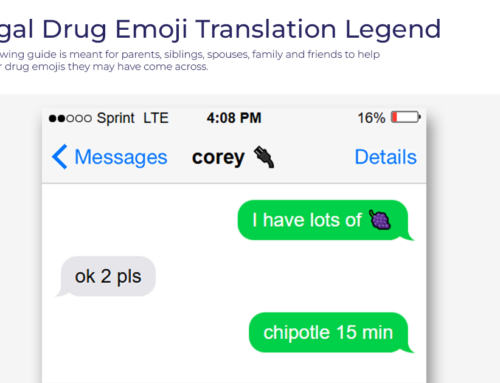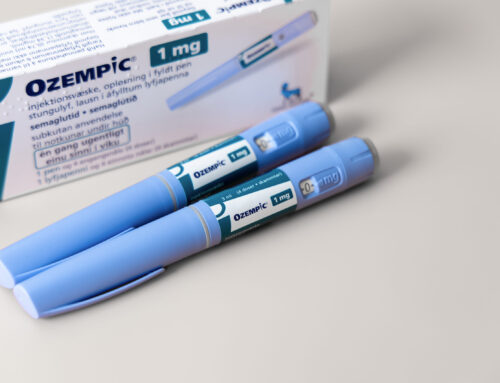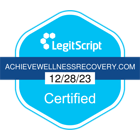What is Urge Surfing?
Urge Surfing is a mindfulness strategy that encourages individuals to ‘surf’ through cravings rather than resist them. This relapse prevention technique is based on the idea that resistance is futile and that being aware of urges and learning to “ride them out” is more effective at helping maintain sobriety. Urge Surfing is particularly beneficial for people with substance use disorders or in early addiction recovery.
This Achieve Wellness and Recovery article explores the phenomenon of Urge Surfing. How do you Urge Surf? Does Urge Surfing actually work? Find the answers to all of the above questions and more below.
Where Did The Idea of Urge Surfing for Addiction Come From?
Urge Surfing has recently gained a lot of new popularity and attention online, but the idea has been around for a while. Dr. Alan Markatt developed it in the early 1980s as a key component in his “Mindfulness-Based Relapse Prevention” approach.
Dr. Marlatt was one of the first clinicians to recognize the role urges and impulses play in addiction recovery. He came up with the idea of Urge Surfing during a series of conversations with a patient who was eager to quit smoking cigarettes and who happened to be an avid surfer.
Marlatt’s patient could relate to the idea of wave energy growing and surging, peaking, and then finally dissipating as the wave broke. He suggested that his patient focus his awareness on his urges to smoke and think of them as waves. By being mindful and aware of the craving, he could “ride” it as it surged and hold on calmly, knowing that the urge would eventually break, like a wave, and fade.
How Do You Learn to Urge Surf?
The best way to learn how to Urge Surf is under the guidance of a well-informed therapist or counselor. Many therapists in reputable New Jersey partial hospitalization programs are familiar with Urge Surfing and will incorporate it into their relapse prevention strategies. You may also find therapists or counselors in outpatient or intensive outpatient programs who can guide you through Urge Surfing.
How to Urge Surf in 4 Steps
If you’ve already completed substance abuse treatment or want to try Urge Surfing on your own for any other reason, here’s a basic four-step guide to Urge Surfing.
1. Recognize the Urge
The cycle of addiction is fueled in part by a lack of awareness. The urge or impulse to drink or use a drug is almost immediately followed by the action. Most people aren’t fully present for that initial “urge stage.” They simply feel and then act on it. To Urge Surf, we must first develop a presence of mind when an urge occurs.
The first step in Urge Surfing is recognizing the urge and being aware of it as it happens.
2. Observe the Urge
When you become aware of an urge, try not to judge or resist. Just see the urge and accept its presence. Sit with the feeling for a moment. Where do you feel the craving to use or drink? In your chest? Your mouth? Your heart? Describe the urge to yourself without judgment. See it as something apart from yourself. The urge is only a feeling. It does not control your actions by itself.
The second step in Urge Surfing is observation. Learn to sit with the feeling for a moment and watch it.
3. Visualize the Urge
Picture a swelling wave in your mind’s eye. That’s your urge rising beneath you. You have a choice not to let the wave break over you and take you under. Instead, you can choose to surf the urge. See yourself riding on your urge as it swells and surges below you. Imagine riding on top of it and letting it gently carry you to shore.
The third step in Urge Surfing is visualization. See yourself surfing your urge, like a wave, avoiding the turbulence below.
4. Return to the Present Moment
Feel your urge crest like a wave and then dissipate beneath you. You remain above the surface. Calm and observant. Let the subsiding wave carry you back to the present moment. To neutral.
The fourth and final step of Urge Surfing is returning to the present moment with awareness and calm.
Does Urge Surfing Actually Work for Addiction Recovery?
Yes, Urge Surfing is an effective, healthy coping mechanism for people in recovery. It is widely viewed as an effective relapse prevention technique. However, it is important to note that it is only one tool, not a relapse prevention system or recovery plan by itself.
What Urge Surfing Is
Urge Surfing can be an effective relapse prevention tool when used by someone who has completed a dual-diagnosis addiction treatment program and is actively working a recovery program. That means attending meetings regularly, having a sponsor, or fully engaging in a 12-step alternative program.
What Urge Surfing Isn’t
Urge Surfing is not considered an effective tool for people in active addiction to get sober. It may help a person avoid using drugs or alcohol in isolated incidences. It is essential to recognize its limitations. Urge Surfing cannot help a person with a diagnosable substance use disorder achieve lasting sobriety unless it is part of an overarching treatment and recovery plan.
Substance Abuse Treatment that Saves Hearts, Minds, and Lives
Achieve Wellness and Recovery has solutions for addiction. If you or a person you love is battling a substance use disorder —- you are not alone. We’ve quickly become one of the most trusted treatment programs in New Jersey by delivering heartfelt, no-nonsense, evidence-based addiction care with an edge.
Our mission isn’t simply to help people stop drinking and drugging. At Achieve Wellness and Recovery, our purpose is right in our name: wellness. Our goal is to help people create the conditions they need for sustainable wellness in their lives. We teach people how to build a resilient recovery that stands up over time.
One call can change the course you or your loved one is on.
Call us now: (833) 680-0142
You can also click here to find out how our program can work with your insurance.








